Category Archives for Docker Kubernetes
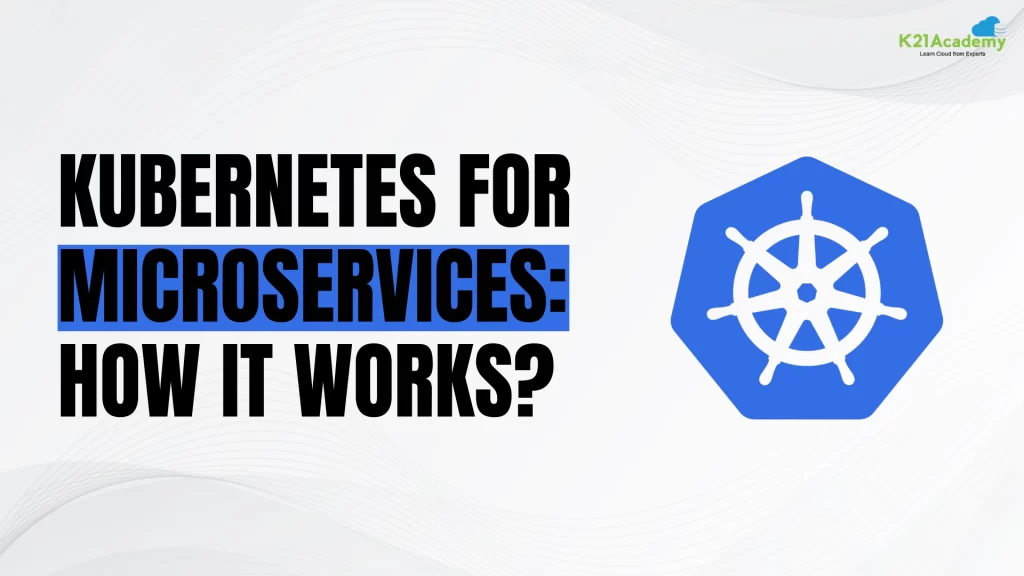
Kubernetes for Microservices: How It Works?
📌 Microservices, with their ability to enhance scalability, flexibility, and maintainability, offer a compelling solution for complex software development. 📌 However, the implementation of microservices can be a daunting task without the right tools. Kubernetes for Microservices steps in as a game-changer, revolutionizing the deployment and management of microservices architecture. 👉 Check out our blog […]
Read More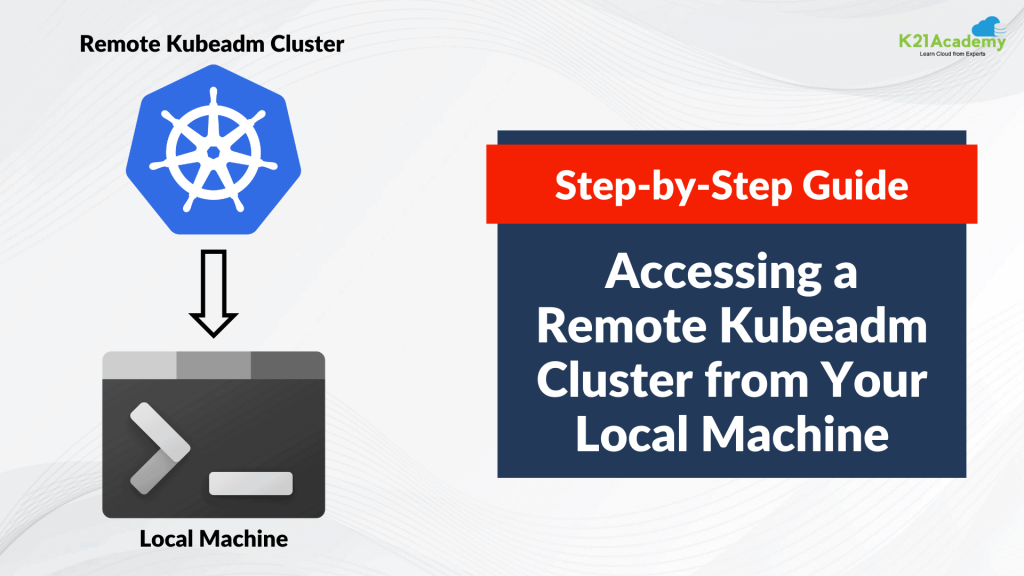
How to access a remote kubeadm cluster from your local machine?
𝐀𝐜𝐜𝐞𝐬𝐬𝐢𝐧𝐠 𝐚 𝐑𝐞𝐦𝐨𝐭𝐞 𝐤𝐮𝐛𝐞𝐚𝐝𝐦 𝐂𝐥𝐮𝐬𝐭𝐞𝐫 𝐟𝐫𝐨𝐦 𝐘𝐨𝐮𝐫 𝐋𝐨𝐜𝐚𝐥 𝐌𝐚𝐜𝐡𝐢𝐧𝐞: 𝐀 𝐒𝐭𝐞𝐩-𝐛𝐲-𝐒𝐭𝐞𝐩 𝐆𝐮𝐢𝐝𝐞 🔑 𝐒𝐭𝐞𝐩 𝟏: Install kubectl on Your Local Machine 🖥️ 🔒 𝐒𝐭𝐞𝐩 𝟐: Ensure a Secure Network Connection 🔐 📁 𝐒𝐭𝐞𝐩 𝟑: Grab the kubeconfig File 📂 🔧 𝐒𝐭𝐞𝐩 𝟒: Set Up kubectl with Your kubeconfig 🛠️ 📡 𝐒𝐭𝐞𝐩 𝟓: Test the Connection […]
Read More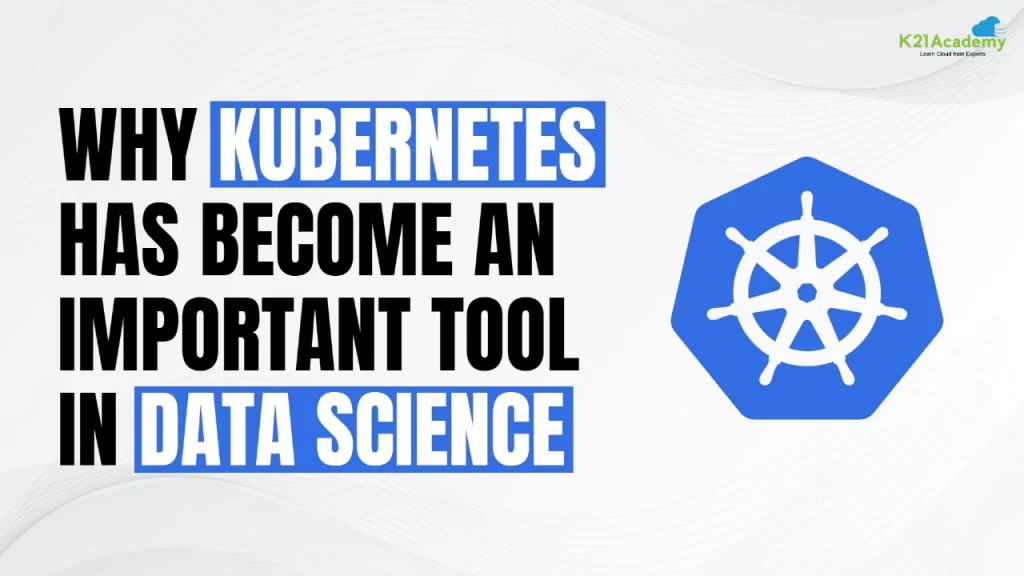
Why Kubernetes has become an important tool in Data Science?
📌 Kubernetes, a container orchestration tool, holds significant value not just in software development but also in the realm of Data Science. 📌 Its impact on application creation and deployment has been profound since its inception, garnering substantial interest from Data Scientists. 📌 Kubernetes finds multiple applications in Data Science endeavors. For instance, it facilitates […]
Read More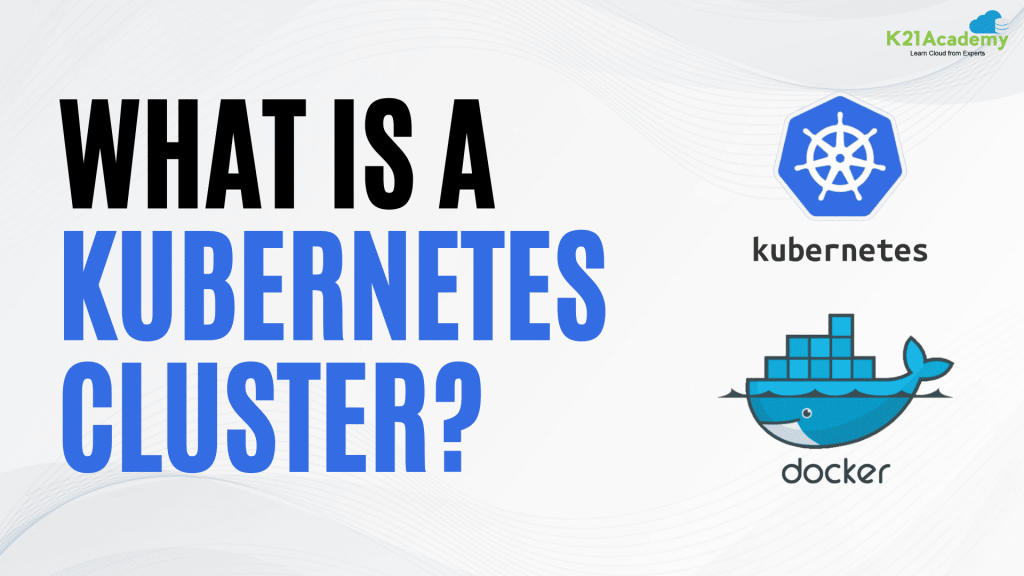
Mastering Kubernetes Cluster: Everything you should know
📌 Kubernetes is an open-source container orchestration platform that automates the deployment, scaling, and management of containerized applications. 📌 A Kubernetes cluster is a group of one or more servers (or nodes) that run containerized applications. 📌 In Kubernetes cluster, the master node manages the cluster and its associated resources, while the worker nodes host […]
Read More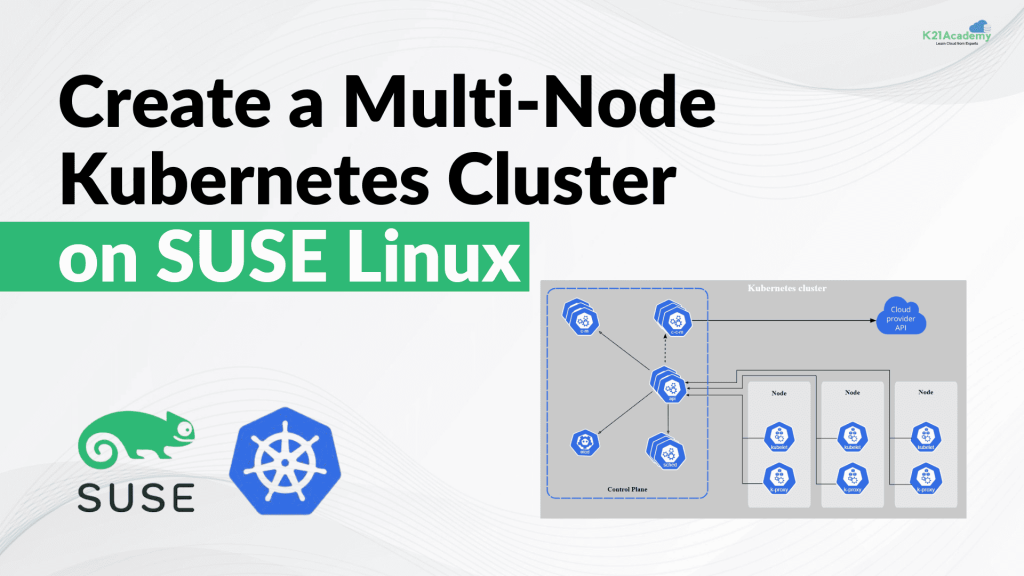
Setting up a Kubernetes (K8s) cluster on SUSE Linux
📌 Setting up a Kubernetes (K8s) cluster on SUSE Linux involves configuring a master node and multiple worker nodes. 📌 Using tools like kubeadm, kubectl, and containerd, administrators can initialize the cluster, join nodes, and manage K8s resources. 📌 SUSE Linux’s robust security features and efficient resource management make it a reliable choice for orchestrating […]
Read More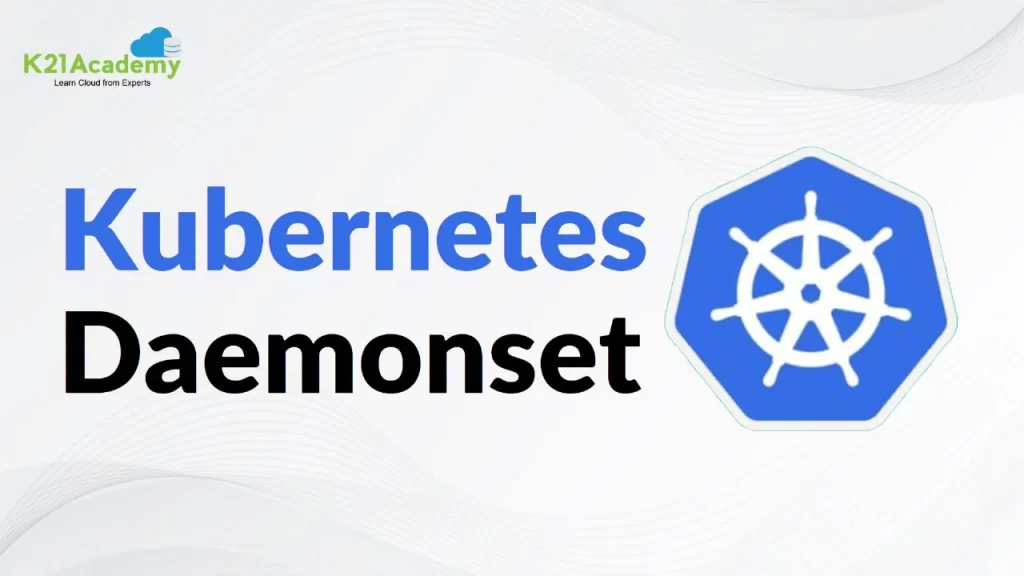
Kubernetes DaemonSets: Everything you should know
📌 Kubernetes DaemonSets is a powerful tool for maintaining consistency and uniformity across your cluster. 📌 They help automate the deployment of specific pods to every node, making them indispensable for tasks like logging, monitoring, security, and resource management. 📌 When a DaemonSet is instantiated, Kubernetes orchestrates the creation of an associated pod on every […]
Read More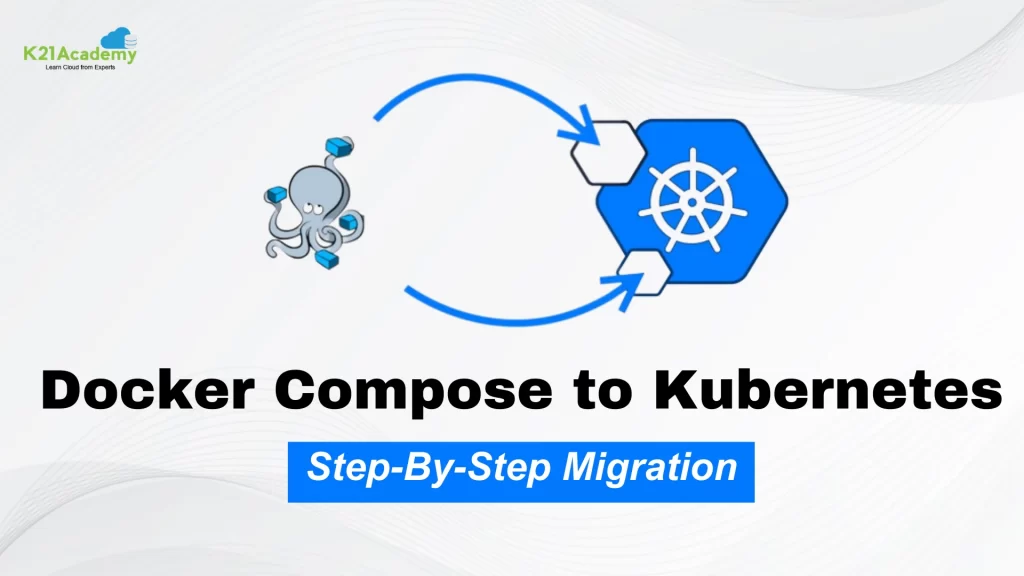
Docker Compose to Kubernetes: Step-by-Step Migration
📌 Moving from Docker Compose to Kubernetes offers several advantages, especially when considering more complex and production-oriented applications. 📌 While Docker Compose is a useful tool for managing simple containerized applications on a single host, Kubernetes provides a more robust and scalable solution for managing containerized applications in a distributed environment. 👉 Check out our […]
Read More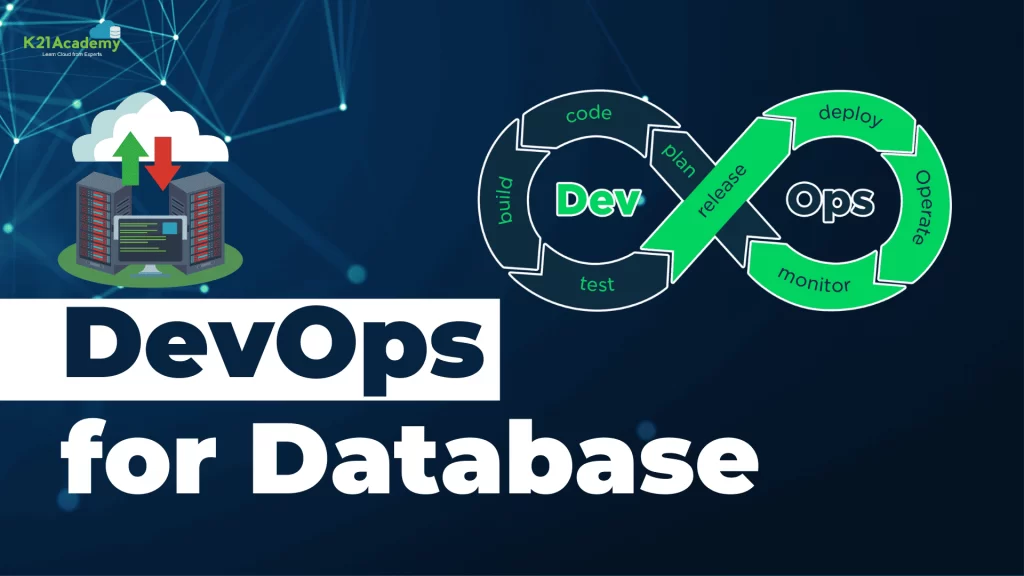
Database Management In DevOps: Everything You Should Know
📌 Automate database deployments and updates using infrastructure-as-code tools, ensuring consistency and repeatability across different environments in your DevOps pipeline. 📌 Implement version control for database schema changes, enabling collaboration, traceability, and easy rollbacks as part of your DevOps practices. 🤔 Want to learn more about Database Management In DevOps?? 👉 Check out our blog […]
Read More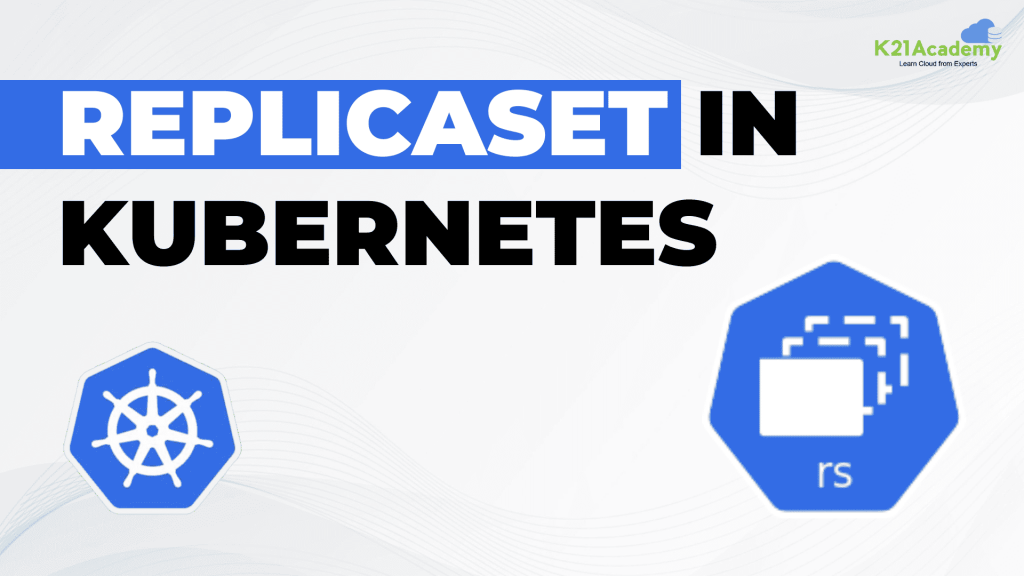
ReplicaSet in Kubernetes: An Overview
📌 A ReplicaSet is a Kubernetes resource used to maintain a specified number of identical pod replicas within a cluster. As it provides functionality for scaling and ensuring high availability of application pods. 📌 ReplicaSet automatically detect and recover from module failures by creating new replicas to replace the failed ones, ensuring that the desired […]
Read More
Kubernetes Node Maintenance: Best Practices
📌 Kubernetes Node Maintenance is an essential part of running a Kubernetes cluster. It is the process of keeping Kubernetes nodes healthy and running smoothly. 📌 In terms of node maintenance, we must all expect computing resources, such as physical servers or cloud instances, to require downtime for maintenance chores such as hardware upgrades, operating […]
Read More